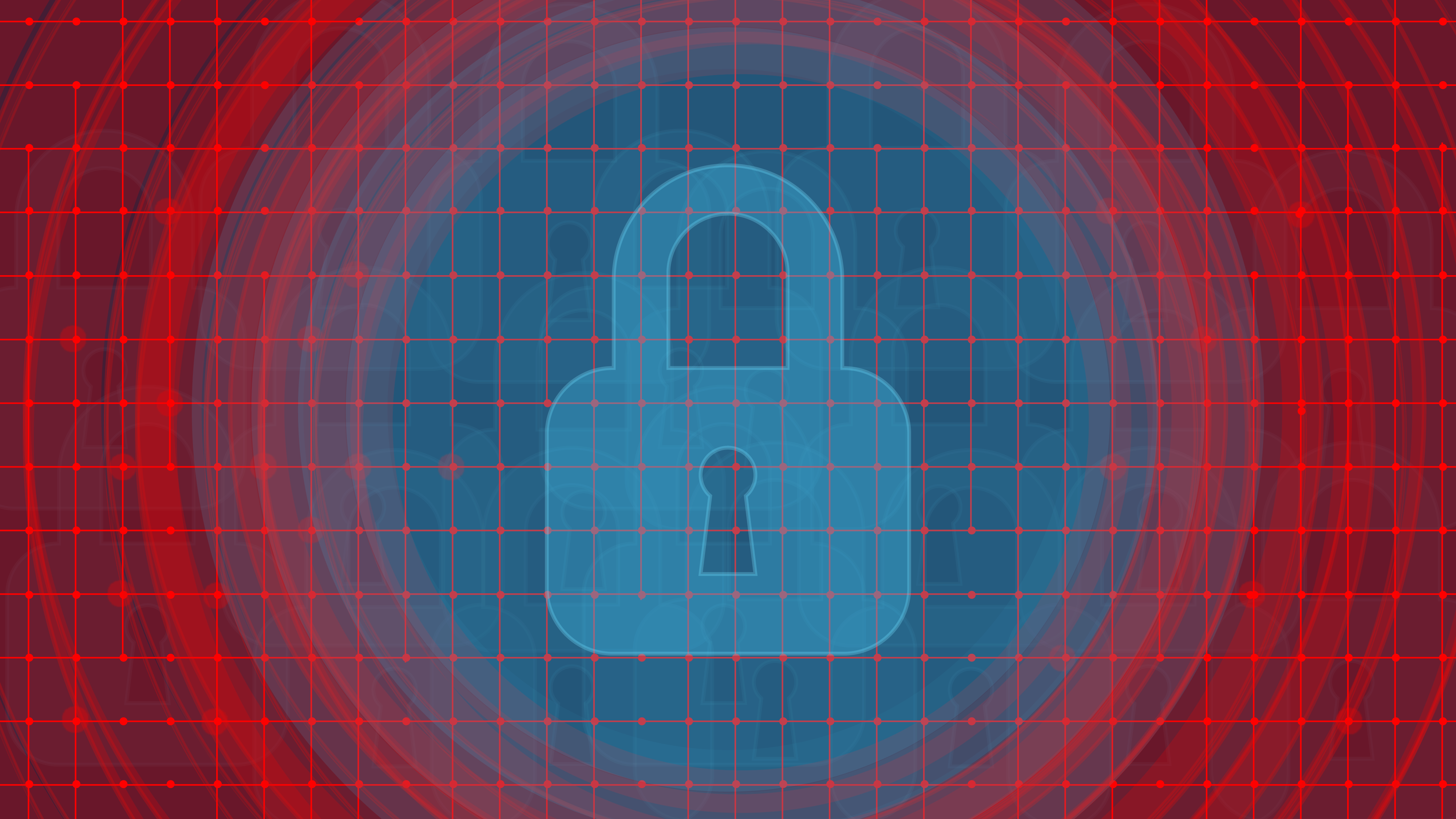Cyber-attack methods and their consequences are becoming increasingly more sophisticated, and are horrifying stories for companies of all sizes. It is essential to increase the defense against them and this can be done through a variety of means. One of the most effective ones is Identity Management together with an effective management of accessing permissions of all identities.
Digital identity as a holder of access rights
When we talk about unauthorized access and the damage caused by it, we should distinguish between two different scenarios:
(a) Cyber-attacks.
Cyber-attacks are malicious. They are carried out deliberately and with criminal intent.
b) Human error.
Human error is mostly an accident due to carelessness, convenience, or ignorance.
About 2/3 of safety-related incidents occur within the organization and without the involvement of outsiders. The vast majority of these incidents fall into the category of human error. Or to put it another way: More than half of all IT security incidents are triggered by erroneous operation of software or hardware. Additionally, occasionally these incidents can be caused by people who don’t actually need and know what to do with this access.
To counter this, a management system is needed that regulates access rights and their holders according to the principles of Zero Trust. These principles are, for example, the compulsion for continuous authorization, the principle of least privilege, or multi-factor authentication.
These holders of access rights are digital identities of all kinds, i.e. people as well as devices and applications. This is very comprehensive, but it doesn’t always have to be completely structured; quick wins can be achieved quickly.
High demands on agility and security – how do they go together?
Nowadays a company is confronted with the requirement to be agile and to act quickly. At the same time, however, security strategies should be rock-solid and yet rapidly adaptable in order to be able to react to new initial situations. Additional security measures? Sure, but only if it doesn’t disrupt processes and employees….
Well, to be aware is to be prepared, and that’s the magic power that helps an organization defeat the fear of cyber-attacks and critical failures, and to survive an emergency by increasing its cyber resilience.

Fortunately, agility and resilience are not always mutually exclusive. It’s true that many technologies and processes that serve security can compromise an organization’s agility. However, when it comes to Identity Management in particular, this doesn’t have to be the case.
A good solution for managing identities and their access rights is easy to use and therefore, always an automatic catalyst. It not only makes the organization more secure, but also faster. Keywords here are, for example, the onboarding of new employees (joiners), changes to authorizations due to new tasks or changes within the organization (movers) or employees who leave the company and should lose all access rights as immediately and automatically as possible after their departure (leavers).
Cyber resillience in the age of cloud and remote work
Do you know how many cloud apps are used in the company and where company-relevant data is located? Who has access to it? What about all those who have admin rights? These are all important issues, and as digitization and the cloud have made rapid inroads into our daily work lives for understandable reasons, managing all of this has not been easy and even harder to try to keep up.
Secure remote working relies heavily on the cloud and it’s imperative that it works to keep employees, systems, partners, and sensitive company data protected. Ensuring security monitoring, protecting endpoints accessing the network, secure and robust connections, strengthening governance, risk and compliance policies all help reduce the organization’s attack surface.
Possibly the first big quick win
Whether you’re looking to strengthen the existing components of your security strategy or develop a new security program, improving cyber resilience will help keep you safe, whatever the future holds. Cyber resilience can be significantly advanced by implementing digital identity and its management tools. If no such tool is already in place, then this can be the first big quick win.
The hard truth is that at the end of the day, you can use the best firewalls, AppSec tools and encryption technologies – without Identity and Access Management (IAM), security will always hit its limits. Identity and Access Management based on Zero Trust principles can minimize employee misuse while ensuring that attackers can do little or nothing, even if they have obtained an employee’s credentials.
Stolen credentials are the key gateway in over 90% of ransomware attacks, and the phishing techniques are sometimes so good that enough people fall for them time and time again. Not to mention employees who use the same password in each of their 100 accounts – preferably a simple one like the company name with 123 after it.
Imagine what it would mean if all that didn’t do the attackers any good because they still couldn’t get in, thanks to solid multi-factor authentication. And if they do, there’s not much they can do by implementing the least privilege principle or by inactivating the entire user with the push of a button through a smart alert.
Modern IAM tools even go one step further and offer a central, highly secure login that takes over the rights and access to all other accounts (keywords here are provisioning and federation or single sign-on). This can be designed in such a way that employees no longer even know the individual passwords. In addition, passwords can be changed automatically as often as desired. It quickly becomes clear that a system like this not only increases cyber resilience enormously, but also makes daily work easier and faster for employees.
Identity and Access Management
In short, Identity and Access Management is the foundation on which the cybersecurity infrastructure of a modern enterprise should be built. It is the linchpin.
With IAM, IT allows only the right people, devices and services to have the correct access to the necessary applications and data at the right time. If a company does not do this, then there is most likely a significant risk of a security breach. The Zero Trust approach says it in no uncertain terms: it WILL happen. Assume breach, not compliance.
If a company is considering IT security certification, such as ISO 27001, it will have to map the functions of an IAM in some form. Active Directory alone is hardly enough.
Strong Identity and Access Management enable your organization to cope with the constant, inevitable changes, large and small, that businesses experience in the digital marketplace, such as the introduction of new technologies, constant staff changes, the uncontrollable proliferation of large public clouds, etc.
The importance of Identity and Access Management should not be underestimated, on the contrary – it continues to grow as IT environments become more complex and dynamic and the digitization of business processes progresses. This is not where an IAM reaches its limits; it is just beginning to make an impact. This is exactly what it is made for.
Without an IAM, including governance and reporting capabilities such as those provided by the Audit & Compliance Dashboard, modern IT technologies such as cloud computing, mobility and microservices will not be as efficient and secure as you want them to be. Why? Because identities will remain fragmented and isolated, making their management complex, unpredictable, and insecure.
Cornerstones of the digital future
If you want to be in the game for the great opportunities of the digital economy, you should also address the threats that come with it. More than ever, cyber resilience should be a top priority for an organization, and that means ensuring strong digital identity management. Digital identities are a cornerstone of the digital future.
💡 Sources:
Accenture “Digital Identity: the new cornerstone of cyber resilience”
TechBeacon “How IAM powers cyber resilience: 5 best practices”
